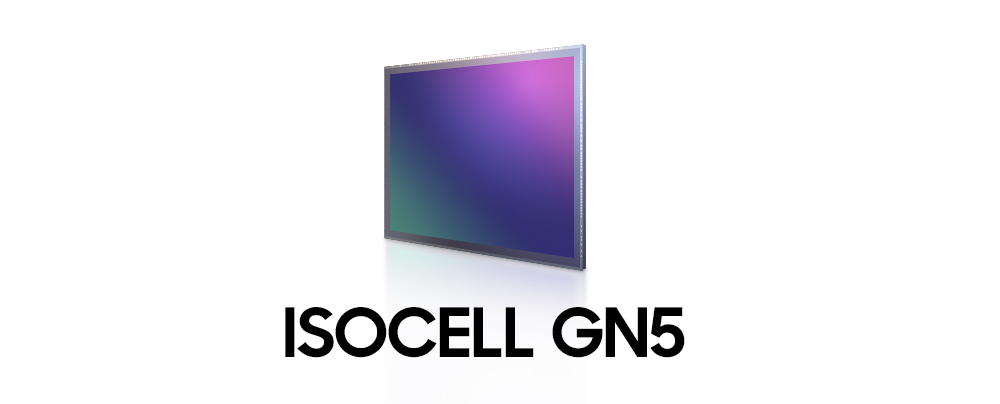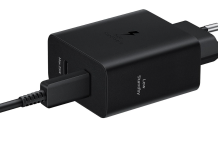Earlier this year, there were reports about Samsung gearing up to launch a new smartphone camera sensor of 200-megapixel. Now, the South Korean giant has officially announced two new camera sensors.
Samsung has announced ISOCELL HP1 as the world’s first 200-megapixel image sensor with a 0.64μm pixel sensor. Along with that, the company has also announced ISOCELL GN5 50-megapixel as the first image sensor to adopt all-directional focusing Dual Pixel Pro technology with two photodiodes in a single 1.0μm pixel.

![]()
The Samsung ISOCELL HP1 features an all-new ChameleonCell technology, a pixel-binning technology that uses a two-by-two, four-by-four, or full pixel layout depending on the environment. It can take 8K videos at 30fps with minimum loss in the field of view.
The HP1 merges four neighboring pixels to bring the resolution down to 50MP to take 8K videos without the need to crop or scale down the full image resolution. In a low-light environment, the HP1 transforms into a 12.5-megapixel image sensor with large 2.56μm pixels by merging 16 neighboring pixels, capable of more light absorption and sensitivity, as well as producing brighter and clearer photos. However, in bright outdoor environments, the sensor can capture ultra-high-definition photos.

On the other hand, the Samsung ISOCELL GN5 sensor is the industry’s first 1.0μm image sensor to integrate Dual Pixel Pro technology. It is an all-directional autofocusing technology that can substantially boost autofocusing capabilities.
The technology places two photodiodes within each 1.0μm pixel of the sensor either horizontally or vertically to recognize pattern changes in all directions. With one million phase-detecting multi-directional photodiodes covering all areas of the sensor, the autofocusing becomes instantaneous, says Samsung.
![]()
It uses Samsung’s proprietary pixel technology, which applies Front Deep Trench Isolation (FDTI) on a Dual Pixel product — a first in the industry. Despite the microscopic photodiode size, FDTI enables each photodiode to absorb and hold more light information, improving the photodiodes’ full-well capacity (FWC) and decreasing crosstalk within the pixel.
Samsung is already shipping ISOCELL HP1 and ISOCELL GN5 sensors to device manufacturers. This means that we can expect new smartphones with these sensors sometime later this year or early 2022. There’s also a possibility that the upcoming Galaxy S22-series may come equipped with this new 200-megapixel camera sensor.
RELATED:







